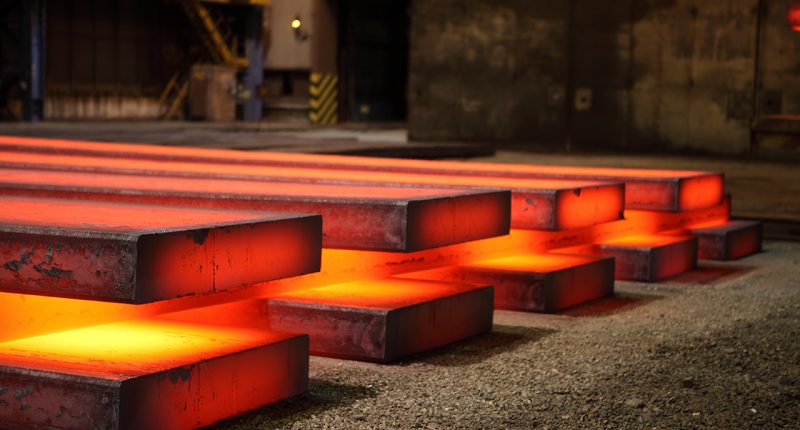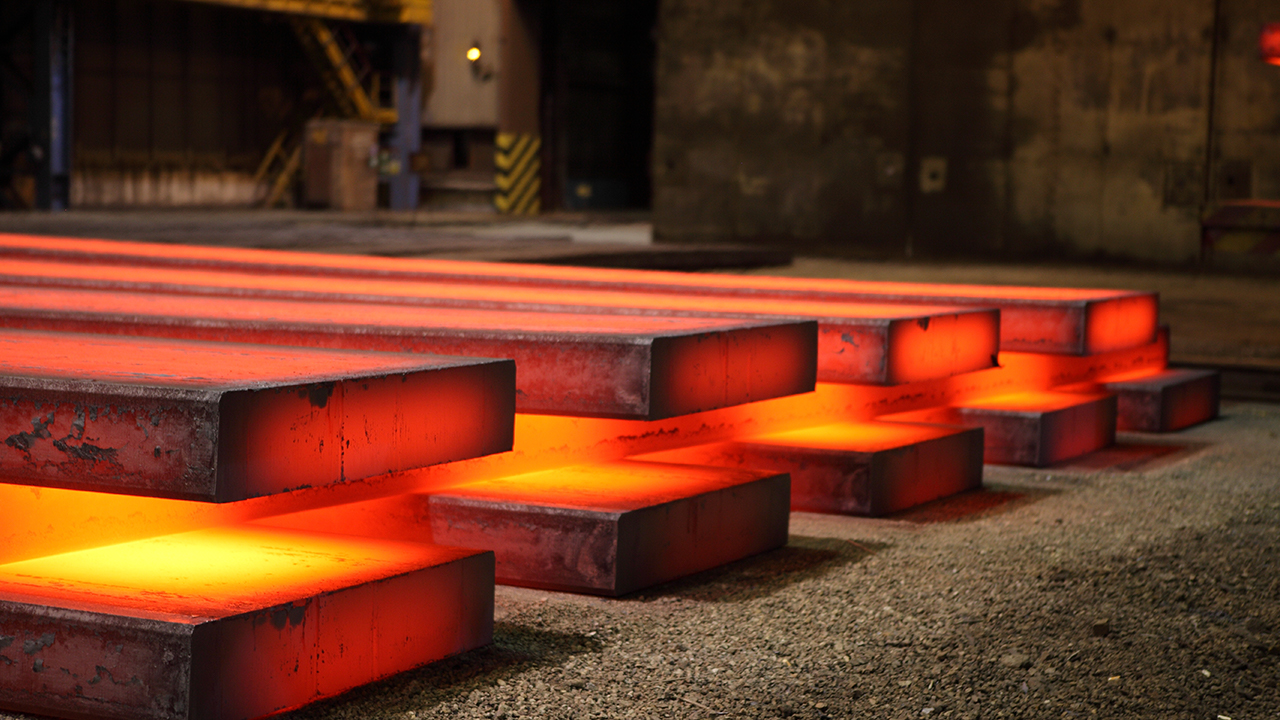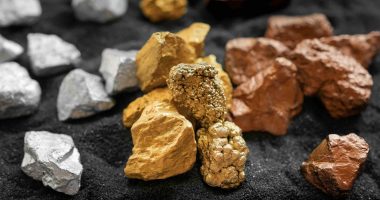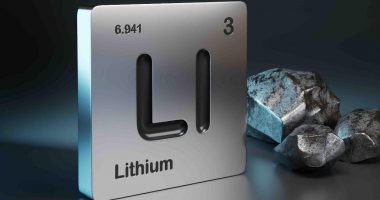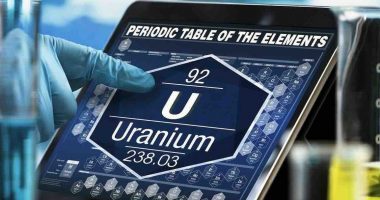- Bass Metals (BSM) has provided a maiden mineral resource estimate for the Mahela deposit
- The new mineral resource stands at 4.4 million tonnes at 3.8 per cent graphitic carbon which is a 44 per cent increase from the previous one
- This was identified through an 85 auger hole and 47 diamond hole program
- Bass has also identified 574,000 tonnes of contained graphite shifting its current production run-rate from 6000 tonnes per annum to more than 20,000 tonnes
- Bass Metals is steady today with shares trading for 0.7 cents apiece
Bass Metals (BSM) has provided a maiden mineral resource estimate for the Mahela deposit.
The new mineral resource stands at 4.4 million tonnes at 3.8 per cent total graphitic carbon, which is a 44 per cent increase from the previous one.
The Mahela deposit is a large flake graphite deposit located within the Graphmada Mining Complex, in Madagascar, and preliminary exploration activities that have been underway since 2014 confirm that Mahela contains significant regolith-hosted flake graphite mineralisation.
Geological mapping and outcrop sampling have confirmed graphite mineralisation coinciding with at least two northeast-southwest historical mapped graphitic units.
This new estimate, reported in accordance with the JORC 2012 code, furthers Bass’ plans to develop large scale mining and processing operations at the Graphmada Mining Complex.
It also supports downstream purification and specialty carbon product manufacturing.
A total of 3314 auger samples, from 85 auger holes for 749 metres, and 47 diamond holes, for 2001 metres, were completed earlier this year were used to estimate the mineral resource for Mahela.
Mahela remains open in all directions and to depth and will require further drill testing for extensions in 2020.
Bass will return to Mahela in early 2020 with the aim to add additional resource and explore the mineralisation trend between the Loharano and Mahela deposits – a trend with a strike length of approximately four kilometres.
Estimated in accordance with JORC, Bass now has approximately 574,000 tonnes of contained graphite at Graphmada.
This has shifted its current production run-rate from 6000 tonnes per annum to more than 20,000 tonnes per annum.
With additional mineral resources, Bass is now well placed to begin ore reserve estimation works in order to revise its internal feasibility study completed earlier this year.
Bass will seek to publish a definitive feasibility study post external and independent peer-review which will define large scale mining and processing pathways with integrated downstream purification and product manufacture.
The company is looking to publish this in the second half of 2020.
“We’ve been working diligently over the last four years to set a strong foundation from which the company could progress its ambitions to become a globally integrated graphite and specialty carbons business,” CEO Tim McManus said.
“With the recent upgrade and expansion of our mineral resources and proven sustainable production and sales, the company can move to its next step of development; completion of a definitive feasibility study,” he added.
Bass Metals is steady today with shares trading for 0.7 cents apiece in a $19.66 million market cap.

